✅Join My Community Club TS ▶ https://trevorsalzmangolf.com/club-ts
✅ Free Crash Course On Impact ▶ https://www.trevorsalzmangolf.com/understanding-impact
✅ Free Crash Course On Setup ▶ https://www.trevorsalzmangolf.com/understanding-setup
✅ Book An Online Lesson ▶ https://golfliveapp.com/trevor-salzman/
✅ Visit My Website ▶ https://www.trevorsalzmangolf.com/
In this video, I delve into the vital aspect of balancing tension in your golf swing. I discuss common challenges such as excessive wrist hinge and losing control, and share my techniques for managing tension effectively. You’ll see how I control my swing tempo, utilize energy in the backswing, and maintain a symmetrical swing arc.
✅ Follow me on IG – https://www.instagram.com/trevor_salzman_golf
✅ Follow me on TikTok – https://www.tiktok.com/@trevor_salzman_golf
All right what is going on everybody uh hope this video finds you well we’re going to go into a pretty cool topic that I think is extremely important for a lot of players and this is going to be the comprehension of when do we want to
Be tense when do we want to create tension and when do we want to when do we want to be tension free I think it’s a very important piece of the golf swing to actually discuss right here because I think a lot of us think that oh we need
To be tension free the whole time time other people think we need to try and control it or we actually do that and not know it so this is a really cool topic uh that we’re going to cover right in here so if you haven’t before we get
Into this if you haven’t seen the last video that I did please click on that link down below I’ve also got a free crash course on understanding impact would love to have you part of that and let’s go ahead and let’s get right into
It so if we look at a lot of times when I see players who let’s use early wrist set as an example or they have too much wrist set as an example so a lot of times that’s going to be the player who is actually too loose and is
Extremely tension free so I think a lot of you out there that are watching this video you’ll probably see a back swing that starts to look like it collapses this way so a back swing that starts to collapse like this so we’ll have a lot of added wrist hinge extension radial
Deviation things like that in regards those are wrist movements that we’re talking about right there and I think one of the biggest reasons why we see that as players is one I think there’s a lot of us out there that are trying to be perfect with our motion and this
Wouldn’t be me telling you to not try and get better and not try and perfect what it is that you’re doing but I think there comes a time and place to where we have to add what our c what a certain element of Rhythm would be and we have
To be able to load and get energy into the golf club at an adequate time so when we look at the player right here that swings the club back let’s say there are two second back swings there are 1 1,00 2 1,000 what we start to see
Is we’ll see a lot of this really late and excessive wrist set at the top of the swing and I truthfully I believe the reason why that starts to happen is because we’re trying to gain leverage we’re trying to get something into the golf club to where we feel like we can
Pull this down and we can actually start to create speed and so I would say the thing that I would counter with that is the reason that those things have to happen and why we see a lot of players like this do that is because we haven’t
Gotten enough energy into the golf club early enough in the back swing and so the ways that we can get energy into the golf club earlier would actually be increase ing speed so if we use a very simple analogy here such as a pendulum so a pendulum we have to have mass that
Start mass that creates Force to start acceleration here okay so we can see this works at the same rate and the other thing that’s neat about it is I could work it at a faster rate right here as well one of them is going to create more speed one of them is going
To create less speed but what we would never see a pendulum look like is going slow slow slow slow slow fast and I think there’s a lot of players out there golf swing wise with their tempos that this actually starts to become one of their underlying issues that they may
Not even actually know about so some of the places that I would say this wouldn’t be me saying actually that tension free is bad okay I use tension free in my teaching a lot and so when we’re looking at tension free what we want to be able to do from a tension
Free standpoint is we use that to actually access more feel and give ourselves time to actually feel differentials let’s say if we were trying to change our arm structure or change a change a body movement in the back swing or in the transition down
Swing of our motion so like I do a lot of drills like this where I’ll go in here I’m going to be tension free so I don’t have a ton of grip pressure but if you’re going to be tension free what I would recommend to you is make sure that
You can still maintain a structure we’re not going to look like we’re not going to look like Gumby right here or an octopus swinging a spaghetti noodle for that regard we still want to be able to maintain what our structure would be when we’re being tension free so like I
Use for me getting my trail shoulder a little bit more retracted versus lifting and pulling my elbow behind me this is an area that I use tension free quite a bit and so this ball that I hit right here this might only go this might only
Go a 100 yards and so I would go in here set up rehearse this feel there I felt that there and I’ll go at a pace like this where this is relatively this is relatively tension free and this is so that I can actually give myself time and
Awareness to know where I’m putting the actual Golf Club in space now I think for the players out here that struggle with a lot of structure and all they’ve ever worked on is trying to be as Loose as possible or they are far too slow here’s where this starts to get fun
Right here so one of the things that I would say right here is if we’re the player who struggles with a lot of this excess hinge well one of the reasons that this is is because we’re not actually getting enough energy like we said before in the golf club here would
Be a way that I would actually start to practice this so if we get into setup right here number number one we need to have a base that has the ability to support speed so feeling like we’re connected in the ground we can’t be all
Over the place with our feet we can’t be all over the place in regards to the pelvis the knees can’t be going everywhere this right here I would say from here down this is the engine to the golf swing right here in regards to stability especially because that gives
Us access to what our upper body movements have more of the ability to do right here so once you get this right in here what I want you to actually start doing is we’re going to actually increase the speed of the arms and the shoulders so if we think about it like
This when the arms and the shoulders start to move let me set this down on this ey range stick when the arms and the shoulders start to move at more of a rate right here that is going to ensure that we stay more engaged with the
Ground and a lot of times this will actually start to change the role of what the hands do so if I’m in here and I’m creating more speed with the shoulders and the arms in the back swing here and we’ll practice this firstly from about 9 to
3 if I start to create faster movements like this this now changes the role of what my hands want to do now my hands have to be the stabilizer versus what’s trying to create our leverage this would help us operate on more of a constant radius right here assuming we have the ability
To stay centered so I would work this back and I would make four or five practice swings going at a higher rate and you’ll feel this when you do this you’ll feel how the hands actually change in regards if I went really fast here and I added
Hinge this is almost going to want to rebound off of me I’m going to lose control of the golf club here so when I do this I’m going to increase the speed back and through and see if you can get this to stop at about lead arm
Parallel 9 o’ we’ll call it to Trail arm parallel which would be about 3:00 right there and this would be a really good station for the player especially who struggles with all of this excess hinge staying on Center to actually increase the velocity of the arms here in the
Back swing so if I do this right in here and what you’ll notice is I’m going to keep my feet extremely grounded here I’m going to keep the feet extremely grounded and I’m going to go at what I think my highest rate of speed is in the
Back swing to where I don’t feel like I am completely out of control that I have no idea where the ball is going but I’m going to move it at a higher rate than what I normally would very similar to what I just did with these practice
Swings right here so I’m going to get in here my feet and my legs are engaged I’m going to move the club back at a higher rate right here going to 9:00 with the lead arm 9:00 lead arm to 3:00 with the trail arm so I’d set up in here and I’ll
Move this relatively quick right here so as you look at that ball right there I may have hit that almost just as far as what my normal shot would have gone and to me I felt like I had very little activation in regards to what the hands
Wanted to do this felt like more I was stable into the ground which again the stability and staying on Center is what’s going to allow us to time precisely how we’re going to deliver the arms the hands and the golf club back to impact and doing it at a speed that’s
Going to change the role of what the hands do so I would say this is a really important piece of the puzzle for players who struggle with a lot of change in regards to what the face does what the forearms are doing what the
Wrists are doing do do a lot of these 9 to3 drills where you’re going to start to create more width increase the velocity that you do this back and through your only thing from a law motion standpoint is feel like you keep this at the same Pace back same Pace
Down get it to operate inside of more of what we would call a pendulum Theory right here so that you can actually start to feel the differences and we still have the ability to transition it correctly to get back down to impact so I’m going to do one more of these here
For you where we go relatively quick so I’m going to throw this right on here so same thing I’m going to set the feet up I feel like I’m grounded I’m going to work this back quicker and through quicker and you’ll notice when I rehearse this you’ll
Notice when I rehearse this there’s just a slight transition speed that doesn’t mean that I’m going to start increasing the hinge it’s just a slight transition before I start to accelerate it back on the way down so we’ll give it a go same thing right there so that was a
Super flush golf ball about as straight as I can hit it and again this to me feels like I’m in Ultimate control and I don’t feel like there’s a lot of manipulation and a lot of change in regards to what the hands are doing and it feels very symmetrical from a width
Standpoint on both sides of the arc so uh if you guys have any questions on what we’re talking about in regards to this right here please leave those in the comments down below I will make sure to get back to each and every one of you
Take this video to heart I really do believe that this can help a lot of people here in the golf world so I appreciate you watching thanks for your support we’ll see you next Time

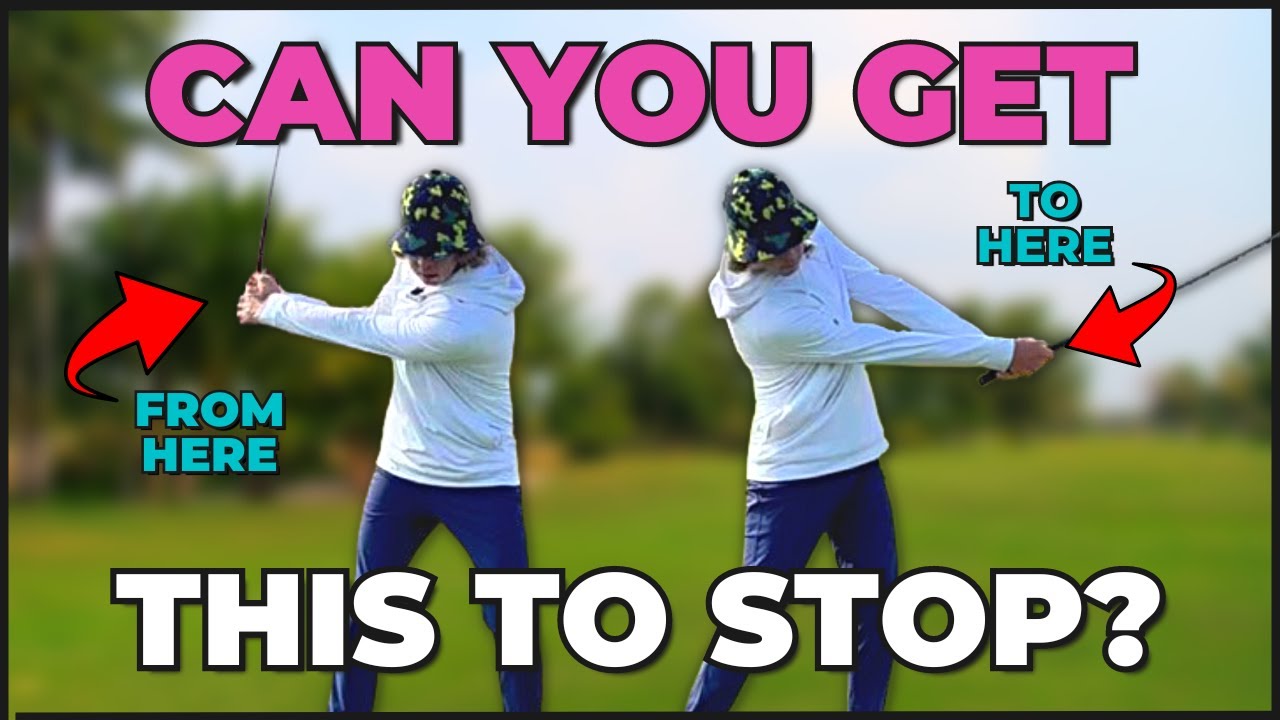

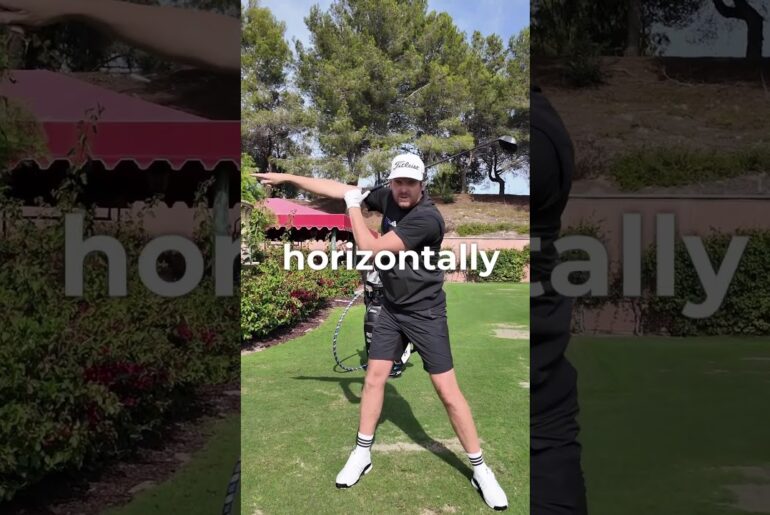
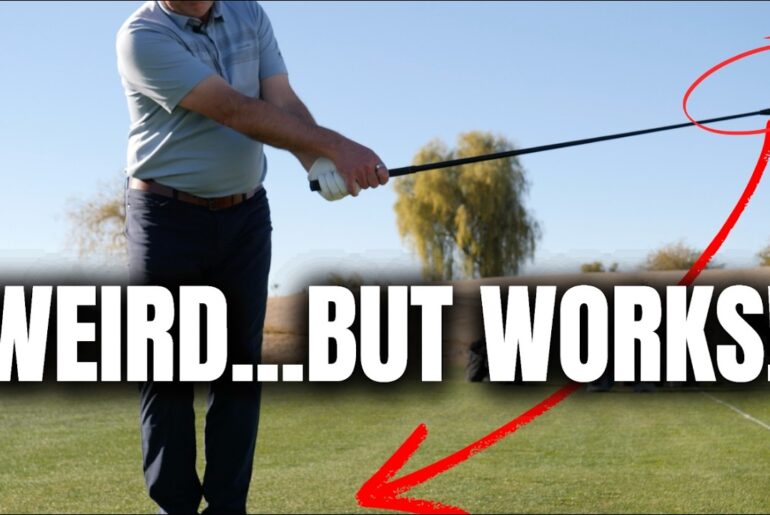
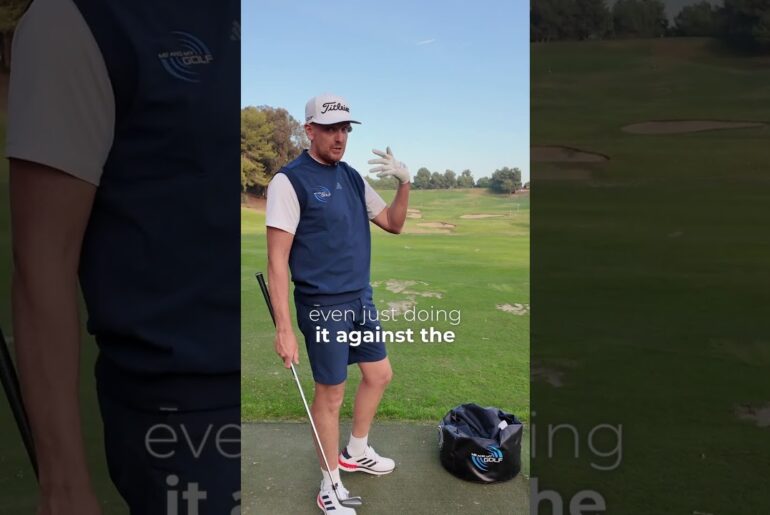
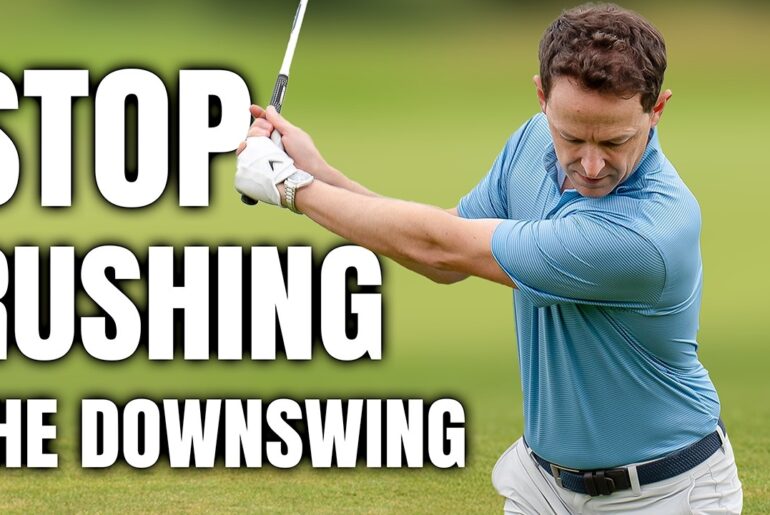
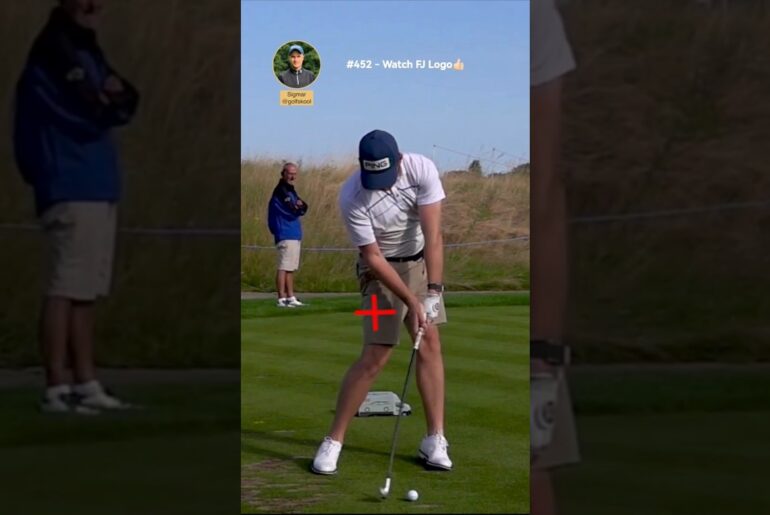
2 Comments
Well done.
If you haven’t seen the video I uploaded last week, click here to watch → https://youtu.be/eRbfZlKqo-M
Here is the link for my free crash course Understanding Impact → https://www.trevorsalzmangolf.com/understanding-impact
Join my community → https://trevorsalzmangolf.com/club-ts